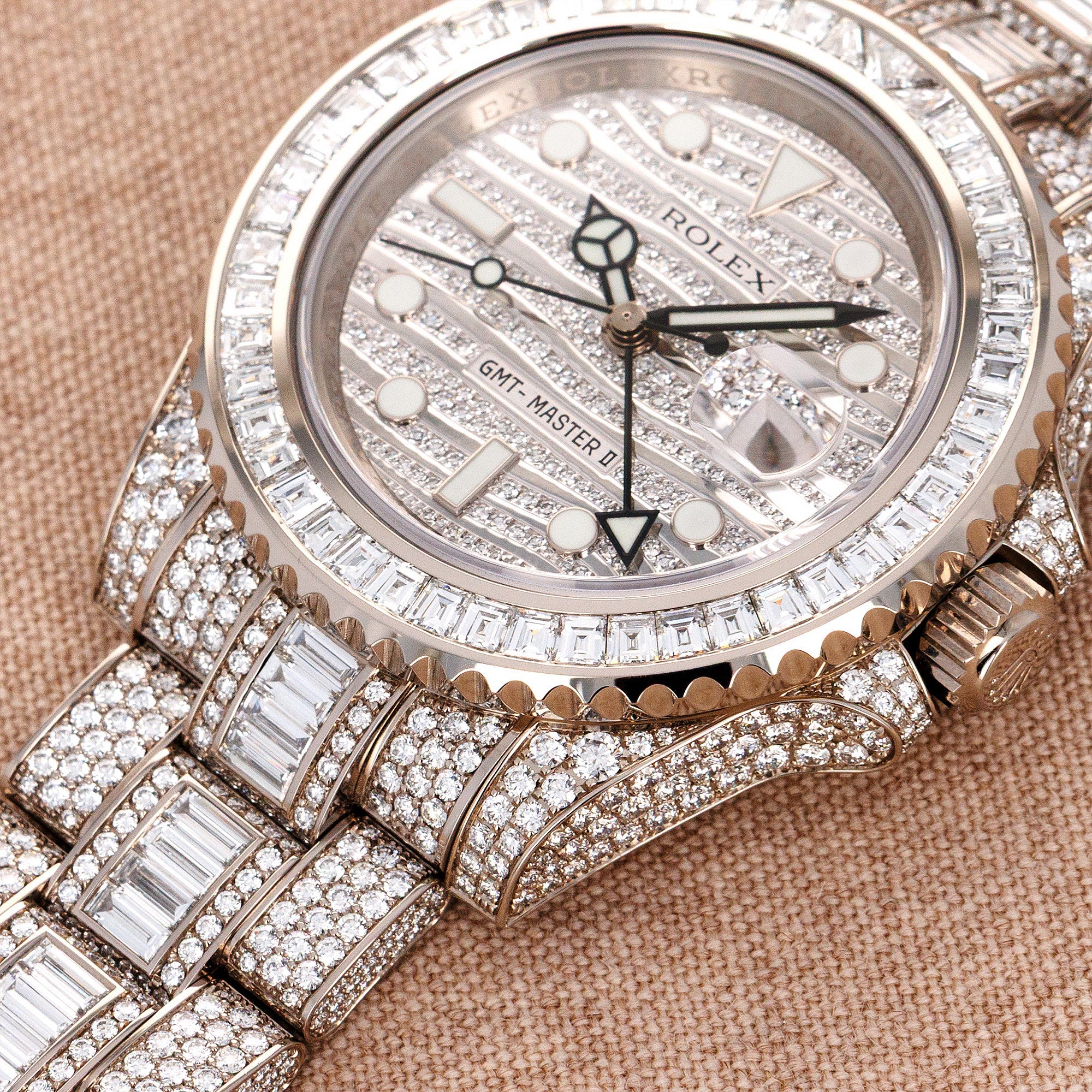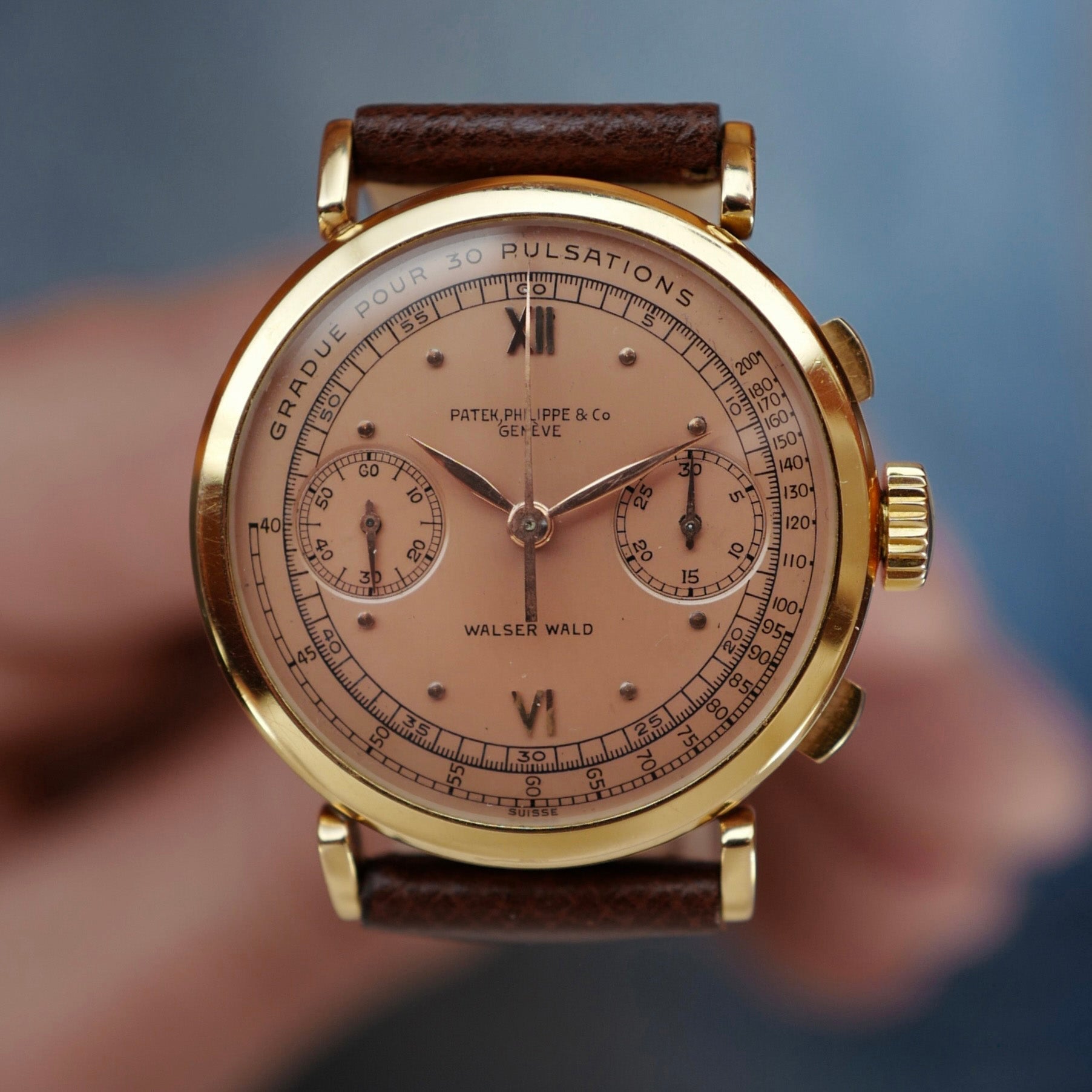History of the Heuer Monaco
The Heuer Monaco is one of the most recognizable vintage watches from the past century for a number of reasons. First is it’s appearance; the unique square shape and it’s beautiful blue or grey dial with complimenting red and white hands and markers instantly set it apart from other watches in the market. It’s strong yet elegant brushed steel case make it both durable and beautifully designed. The sometimes more notable reason the watch is so recognizable is it’s association with movie star Steve McQueen who wore the watch in the 1971 racing film Le Mans, earning the watch the nickname “McQueen.”

The Monaco was a key figure in the race for the first automatic chronograph to reach the market in the late 60s and early 70s. While Sieko and Zenith were hard at work developing their first automatic chronograph, Heuer teamed up with Breitling and Hamilton to develop their own under the code name “Project 99.” The three companies in Project 99 agreed to develop the movements and make their public announcements together and produce their own watches with those movements. The outcome of Project 99 was the Calibre 11 movement, the first automatic chronograph movement available to the global market. Around the same time Seiko began selling their own automatic chronograph in Japan and Zenith soon releasing their movement in a few watches, Heuer brought the Monaco to the market.
Released in 1969, the Monaco was named in honor of the Formula One race "The Monaco Grand Prix" as Heuer recognized the rising popularity of auto-racing. In the first few years, Heuer saw marginal success with the watch as the unique design proved a test to market. But in 1970 all of that changed.

Steve McQueen was working on an upcoming racing film called Le Mans, a movie where he stared as a Le Mans race car driver racing for Porsche. One of the stunt drivers, Jo Siffert, was a highly successful Formula One driver who also happened to be sponsored by Tag Heuer. The movie team liked Siffert’s racing suit, a white suit with a big Heuer logo on his upper chest, so they asked if McQueen could use it for the film. To match the suit, McQueen needed a Heuer chronograph. There are a few stories about how the Monaco came to be selected out of Heuer’s three chronographs at the time, but the Monaco it was. And so McQueen was forever tied to the Heuer Monaco.

With the introduction of Quartz movements in the mid 70s and subsequent "Quartz Crisis" in the mechanical watch world, Heuer stopped producing the Monaco. It was not until 1997 that Heuer (now TAG Heuer) reintroduced the Monaco as a nod to their vintage pieces. Throughout the past decade TAG Heuer has made a number of changes to the mechanisms and appearance but this square chronograph profile maintains as an iconic place in horological history.
Monaco 73633
The Heuer Monaco featured in this post is a reference 73633 B. The Monaco 73633 was the third Monaco to be released two years after the first version when Heuer introduced it in 1972. Unlike earlier models, this version has a third sub-dial in place of the date dial above six o’clock.

Another big change was the relocation of the crown from the left side of the watch to the right side between the two pushers. The “B” in 73633 B denotes the dial is blue, rather than “G” which is reserved for the grey dial pieces. This model 73633 is a manual wind, while many other Monaco’s are automatic. This piece is still fitted with it's original NSA-steel bracelet, which is rare among these vintage models. You will also notice the nice patina on this piece as it is unpolished from it’s original state, preserving the true shape and finish Heuer originally produced. Listed here.





